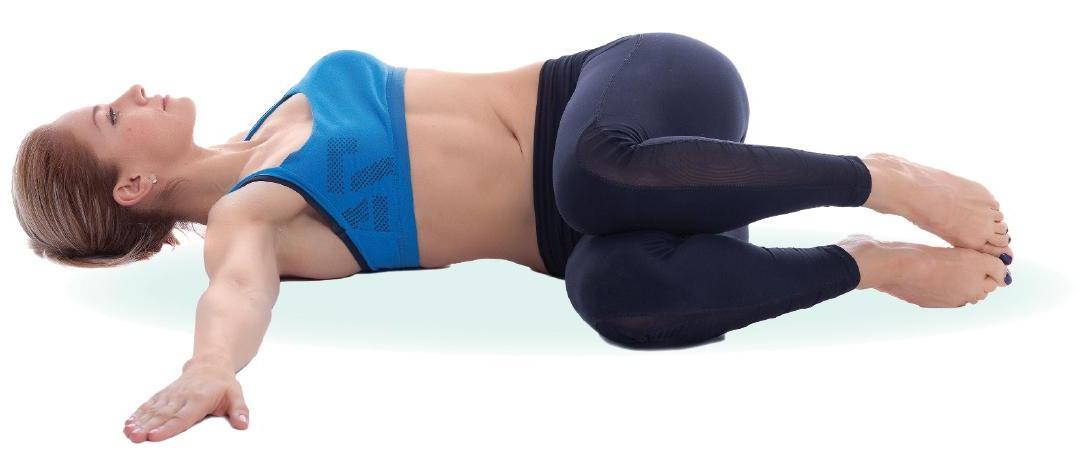You are here
Benefits of a good stretch
by Kate Braniff
Are you guilty of skipping that pre- or post-workout stretch?
You may want to make space in your exercise routine to keep your muscles and joints working their best. Some research shows that stretching helps with flexibility and may reduce pain and injuries. It also offers several health benefits for those over age 65.
Confusion keeps some of us from prioritizing muscle stretches as part of a fitness plan. When and how should you stretch?
“Stretching before and after a workout improves range of motion and decreases the risk of tearing of muscles and sprains,” explains Dr. Kelly Lowther of Miramont Wellness Centers.
There are three common types of stretching: dynamic, static, and proprioceptive neuromuscular facilitation (PNF), and all of these are best performed at different times.
Dynamic stretching is best done before a workout. It warms up the tissues and actively moves muscles and joints through their full range of motion. With dynamic stretching, such as torso twists and walking lunges, you’re moving the muscle rather than holding it.
“Flexibility and strength are both important as we grow older,” says Lowther. “Doing slow, deliberate movements helps with both.”
Static stretching, performed alone or with a partner, involves slowly lengthening the target muscle until the stretch reflex kicks in, and then holding it for about 15 to 30 seconds until the stretch lessens. Repeat, gently building up to a deeper stretch with each repetition. It’s normal to feel some mild discomfort, but back off if you feel any pain, Lowther advises.
Static stretching is best performed after a workout, when the body is amply warm, and isn’t recommended before exercising.
For older adults, holding a static stretch a bit longer, 30 to 60 seconds, can help boost range of motion and flexibility — and provides other benefits as well. One study showed that regularly stretching the lower part of your body, hips to toes, can lower fall risk for adults over 65.
PNF stretching, developed by a doctor and two physical therapists in the mid-20th century to help polio patients with rehabilitation, has gained popularity in the last few decades. The technique focuses on improving range of motion — the maximum amount a joint can move — and is best done before light- to medium-intensity exercises. It should not be done before high-intensity workouts such as weight lifting or sprinting.
PNF involves the individual or a partner actively lengthening the target muscle and following this with contraction, or tension, for about 6 seconds. The partner then does another deeper stretch on the individual. An example is a hamstring stretch where you lie on your back and a partner lifts one leg up and back, keeping the knee straight for 7 to 10 seconds. Then you push the leg back against your partner for 7 to 15 seconds, which contracts the muscle. Relax for a few seconds and repeat. No partner? You can achieve the same thing with a band or other equipment for resistance.
Finally, make sure you avoid overstretching. According to Lowther, stretching should be done slowly and deliberately, and never to the point of forcing increased range of motion.
Working a stretch routine into your day-to-day activities can have several benefits. The best part is that you can do it whenever you want, wherever you want, and it’s free!
Low back pain is fairly common among adults. Here are 3 stretches to help relieve lower back pain and improve mobility.(Always check with your health-care provider before starting any exercise program.) |
|
Child’s Pose
|
|
Supine Twist
|
|
Double Knee-To-Chest Stretch Modifications: For a less strenuous stretch, pull in one knee at a time. For trouble getting a knee all the way up, use a towel or small strap behind the knee to help pull it toward you.
|


